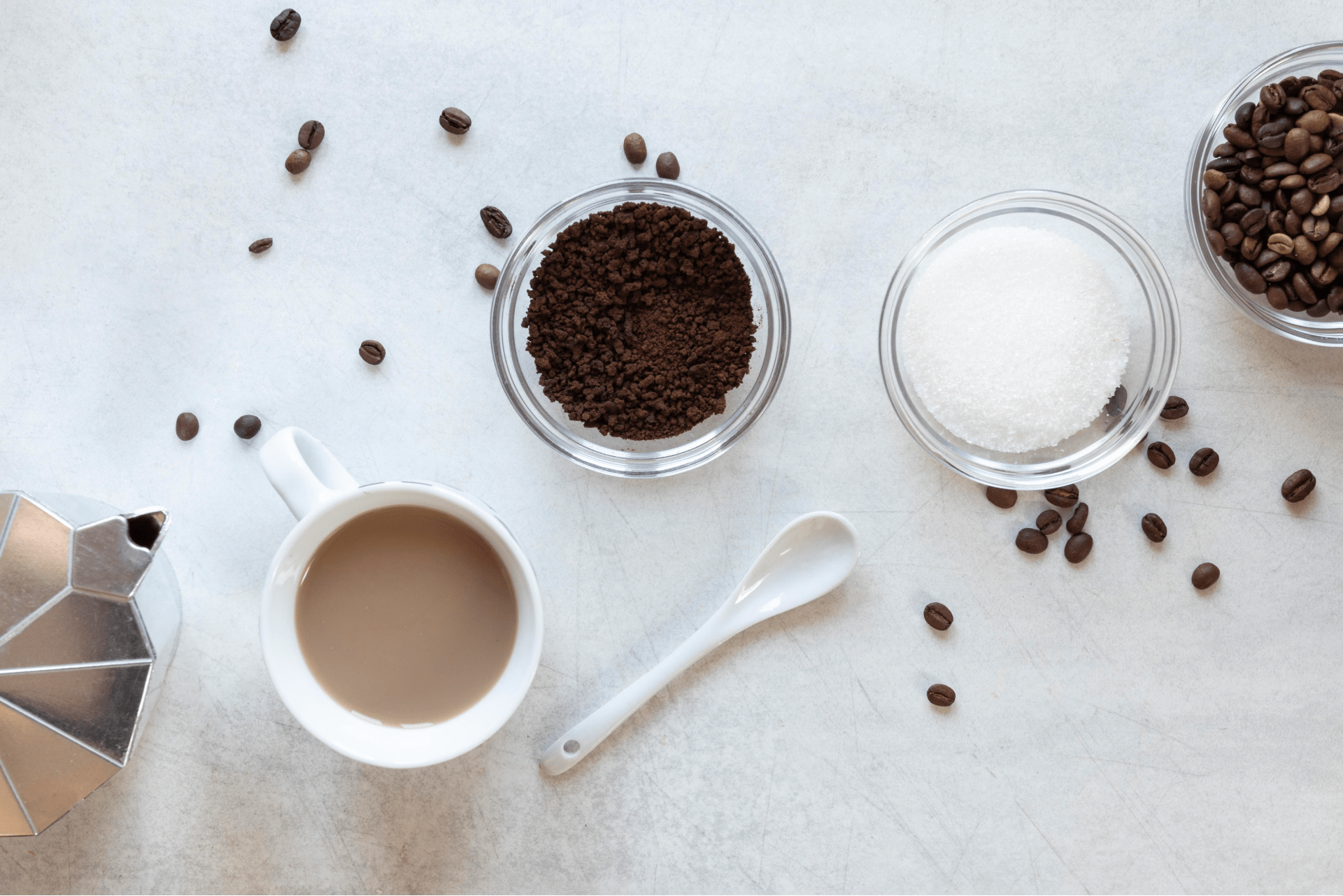The dark green pointed leaves have a smooth, hairless surface. The Woodland Trust and Woodland Trust Nature Detectives logos are registered trademarks. Up here in Ontario Canada, there is a Ostrya virginiana that the Baltimore Orioles come to and feed on every spring. A rather slow-growing tree, reaching only 10 to 15 feet tall over 15 years, Eastern hop-hornbeam is a small to medium understory tree that is hardy to zone 3. Yes, Elm can be very wet and hence, very heavy, when first cut. Cones can vary in appearance and can also be highly modified. American hornbeam (Carpinus caroliniana) bark. European hornbeam | The Morton Arboretum Pruning the beech hedge, on the other hand, is a different story. One is known as American Hornbeam ( Carpinus caroliniana) and the other as American or Eastern Hophornbeam ( Ostrya virginiana ). These female catkins will eventually develop into the woody 'cones' that holds the seeds. Descriptions and pictures of these attractive landscaping trees will help to identify them. South of Glade Arch on the path to . The botanical name for the genus, Carpinus, is the original Latin name . written by Maria Z April 24th. The botanical name for the genus, Carpinus, is the original Latin name for the European species, although some etymologists derive it from the Celtic for a yoke.[2]. Hackberry leaves tend to be thinner, smoother, lighter in color and a bit more spade/heart shaped than elms. But hawthorn flowers much later on in May, once its leaves are out. Yeah the only problem is that im looking for younger trees so the bark (if the old bark is the only way) is not so distinctive. It also has the name water beech because it often grows next to rivers and streams. You'll find images, tree descriptions and information on where you're likely to find them. Although American hophornbeam's fall color is not sensational, it helps to "soften" the autumn landscape. But the bark is the distinctive difference. Choose the Right Wood for Smoking BBQ These trees have been found to grow on rocky slopes and hillsides, and upland woods. American hornbeam flowers are dangling catkins that are green and orange or reddish-brown color that bloom from April. Join us on 6-7 September for two days of inspirational workshops, talks, field walks and demonstrations. Maple tree bark: Hornbeam maple bark is dark gray to gray-brown that has a smooth feel. Due to the hardness of their wood, they also both go by the name Ironwood, adding to the confusion. The trees slow growth habit, hard wood, closely growing branches, and dense foliage make the tree popular in landscape gardening, especially as a tall hedge or topiary. It is easy to grow and succeeds in most soils, although . However, phylogentic analysis has shown that Ostrya likely evolved from a Carpinus ancestor somewhere in C. subg. Tell us what's happening to the trees around you and help scientists track the effects of climate change on wildlife. Each catkin has between 10 and 30 seeds. For general carpentry, hornbeam is rarely used, partly due to the difficulty of working it. After blooming, fruit in the form of hard nuts in papery casings develop. That's it right?. At the right time of year fruits and seeds are a great character to help with identification. The hardy American hornbeam trees grow well in USDA zones 3 through 9. Trees that are closely related often share similar features. Like many types of hornbeams, this species has a short trunk and a low branching habit. Hophornbeam vs. Hornbeam - What's the difference? | Ask Difference Hedge Plants Heijnen is the online sales department of our nursery for individual customers. The most popular hornbeam cultivar is the Fastigiata European Hornbeam (Carpinus betulus Fastigiata). Birds hide in it for up to 365 days per year. There are two trees, both in the Birch family, which, due to the similarity of their common names, are occasionally mixed up with each other. All elm species have unequal leaf bases - take a look at the bottom of the leaf where it meets the leaf stem (known as a petiole).. Aspen have very rounded (orbicular) leaves. Hornbeam trees thrive in full sun or partial shade and grow in most types of soils, as long as they are well-drained. Hornbeam is susceptible to fungal diseases, namely Phytophthora. Hornbeam noun. In the area of Valenciennes in Northern France, it was traditional to lay a hornbeam branch at your sweethearts door. Other common names for the tree include eastern hop-hornbeam, leverwood, or woolly hop-hornbeam. Using the Leaves. Registered office: Kempton Way, Grantham, Lincolnshire, NG31 6LL. 103 Japanese Hornbeam Stock Photos, Images & Pictures About Press Copyright Contact us Creators Advertise Developers Terms Privacy Policy & Safety How YouTube works Test new features NFL Sunday Ticket Press Copyright . Look at the colour and feel the texture of the outer surface of the fruit. Overall shape is also useful when identifying conifers. This columnar landscape tree has a pyramidal shape and dense canopy, making it ideal for growing as a hedge plant, privacy screen, or natural fence. The hornbeam trees distinctive leaves turn shades of yellow, orange, or red in the fall. Change). Cherry plum tends to flower very early - before the winter is out. What time of year is the tree flowering? You can choose a week of delivery through our transport network. I keep looking at pictures and written descriptions of a American elm and a American hornbeam but can not tell the difference. Click on image to order from the publisher. Emerald Avenue European hornbeam (Carpinus betulus 'JFS-KW1CB'):. A hornbeam does not have the advantage of being evergreen all year round, but rather provides dense vegetation in spring. Just let us know if you have any questions! Male alder catkins are long and dark green whereas female catkins are small and egg-shaped. The bark of the tree is very unusual. The yellow female catkins measure 3 4 (7.5 10 cm) long, and the male flowers measure 1.5 (3.8 cm) long. The hornbeam loses its leaves in the autumn. Peach is great for poultry and pork. In time, the dense canopy becomes more rounded with an oval shape and irregular silhouette. In a landscape, the hornbeam tree is identified by its pyramidal or vase-shaped canopy and dense growth. In time, the dense canopy becomes more rounded with an oval shape and irregular silhouette. Pecan burns cool and provides a delicate flavor. Consider opening fruits up to reveal the seeds inside, which can also be a useful identifying feature. Common name: English elm. Blackthorn blossom appears in late winter or early spring, long before its leaves unfold. Some are unmistakeable such as the shiny brown sweet chestnuts. The leaves of theelm are alternated on one side and the other of the stem. Any species of the genus Ostrya, with exceptionally dense wood and hop-like fruit. Credit: Penny Tweedie / Alamy Stock Photo. Hornbeam (Carpinus betulus) - British Trees - Woodland Trust Hornbeam trees are a group of deciduous, flowering hardwood trees in the genus Carpinus. American hornbeam (Carpinus caroliniana) leaves. The hornbeam, with the fantastic Latin name Carpinus Betulus, descends from the birch family. To distinguish between the two, keep an eye out for the American hornbeam's striking yellow-orange foliage in the fall, a feature lacking in the European hornbeam. Origin: native. The hornbeam, the Carpinus Betulus, has rough leaves with deep veins. In Epping Forest Hornbeams were pollarded to provide firewood. It grows leaves faster than the beech hedge. The leaf has a very fine point at the end which is sometimes twisted over. All Rights Reserved. Credit: Colin Underhill / Alamy Stock Photo. Only two species occur in Europe, with the greatest number of the 3040 species mainly found in East Asia. They become golden yellow to orange in colour in autumn and most stay on through the winter. Its beautiful, useful, and its year-round leaf cover makes it a winter haven for wildlife. Some species, like hornbeam, may be cut at the base known as coppicing which produces a tree with several stems rather than a single trunk. The bark has silvery-grey vertical patterns that are very distinctive. So that the hedge is well branched at the bottom and will grow nicely dense. They look like each other, but they're not even family. This variety grows 40 feet high and 30 feet wide with a broadly pyramidal habit. Origin: non-native. So pleased to see this post. Look out for leaf edges that are lobed like this hawthorn. Hornbeam trees, including Carpinus betulus, are famous for their heavy hardwood. The American hornbeam is also occasionally known as blue-beech, ironwood, or musclewood, the first from the resemblance of the bark to that of the American beech Fagus grandifolia, the other two from the hardness of the wood and the muscled appearance of the trunk and limbs. This allows the roots to grow before summer and establish more quickly. A perfect example of when Linnaeuss binomial system, which gives each species two scientific names, one of which is unique to each species, is helpful. These broadleaf trees can grow to 35m and live for 400 years. The tree can be confused with the Common Beech but its oval leaves are toothed not smooth-edged. Hence, Hornbeam does well in parts of southeast England. The trees name comes from its catkins that look like dangling hops on the ends of branches. This is one way to tell the difference between beech and hornbeam (which have serrated leaf edges). Our free Tree ID app for Android and iPhone helps you identify the UK's native and non-native trees. Nowadays, its mainly used for furniture, flooring and wood turning, but traditionally the wood was made into ox yokes which were used to join a team of ploughing oxen together. Japanese hornbeam fruits. Enter two words to compare and contrast their definitions, origins, and synonyms to better understand how those words are related. Cost: 18.00. Buds are usually on twigs throughout winter. The American hornbeam is also occasionally known as blue-beech, ironwood, or musclewood, the first from the resemblance of the bark to that of the American beech Fagus grandifolia, the other two from the hardness of the wood and the muscled appearance of the trunk and limbs. Because then the hornbeam grows new, green leaves faster than the beech hedge (Fagus Sylvatica or Green Beech). Stone fruits have a fleshy exterior and a single stone inside (plums, cherries and sloes). Trees in woodland often have narrower crowns compared to trees in parks with lots of space around them. Apples or pears are larger fleshy fruits with many seeds inside (crab apple, Plymouth pear). Hornbeam - Wikipedia The hornbeam tree turns golden yellow in the fall. Bird cherry flowers are clustered together in spikes (known as racemes) at the ends of the shoots. A hop hornbeam (Ostrya virginiana). While the fruits and leaves of both species are superficially similar, their respective bark is very different. It will grow north-most starting from Nova Scotia and south Manitoba in Canada, to eastern Wyoming, southeastern and northern Florida, and southwest to eastern Texas. The European hornbeam is winter hardy in zones 4 to 7. Just mix the compost through the garden soil. What is the difference between beech and hornbeam?
Usssa Fastpitch Softball Rules 2021,
What Makes Water Evaporate Faster,
Articles D

